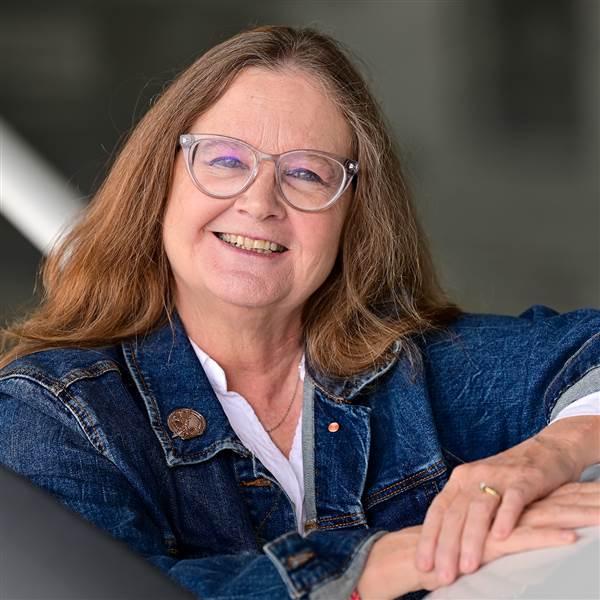One of the first things I like to ask brand-new pilots is, “Who is the first person you’ll take flying?” There’s usually little hesitation. “My wife,” “my mom,” “my son.” My own first passengers were my husband and children, then ages 9 and 6. It was one of only a handful of times I have flown all four of us, and it remains a very special logbook entry.
 Flying is just so exhilarating that we can’t wait to share it with everybody. But not everybody loves it as much as we do. In fact, a lot of people don’t like the thought of flying in a single-engine, propeller-driven aircraft—especially when their only exposure to aviation has been when they were crammed in a middle seat on a Boeing 737. That’s why you should put as much thought into your first passenger experience as you do into cross-country flight planning.
Flying is just so exhilarating that we can’t wait to share it with everybody. But not everybody loves it as much as we do. In fact, a lot of people don’t like the thought of flying in a single-engine, propeller-driven aircraft—especially when their only exposure to aviation has been when they were crammed in a middle seat on a Boeing 737. That’s why you should put as much thought into your first passenger experience as you do into cross-country flight planning.
Editor Ian J. Twombly explores the finer points of a perfect passenger experience in “Smiles All Around,” page 34. For a first-timer, keep it simple: Choose a calm day. Don’t push it—in other words, don’t make your passenger fly right seat for three hours. Answer any and all questions but keep your responses appropriate to the passenger’s knowledge level (don’t use aviation slang or terms he or she won’t understand). Above all, don’t scare your passenger.
It’s this last part that sometimes can be most challenging. Even a simple utterance of “whoops” or “uh-oh” when you realize you’ve wandered off course a few degrees can alarm your passenger, who may jump to conclusions that have nothing to do with your on-course heading.
That November day in 2001, I bundled my family into a Tampico TB9. I carefully showed them how to open and close the gull-wing doors, and how to operate their seatbelts. The kids had flown with me on a few dual sessions, but this was my husband’s first time, and I wanted him to feel at ease.
But the one thing I hadn’t thought of was the one thing that made him uncomfortable. The leg out to Lancaster, Pennsylvania, was fine. As we entered the pattern back home at Frederick’s busy, then-nontowered airport, my husband could hear voices on the radio signaling airplanes in the vicinity—but he couldn’t see any of them. And he couldn’t imagine how we were all converging on the same airport without running into each other. I hadn’t thought to explain the concept of see and avoid at a nontowered airport. When Frederick got a control tower in 2012, he was pretty happy about it.
That was the first of many lessons in the art of "what’s obvious to you and me is not obvious to a nonpilot." There was the time I took an older man and woman aloft for a short sightseeing flight around our corner of western Maryland and just over the border to West Virginia. I gave them a brief course on preflighting, got them settled and belted in, and started the engine. I don’t put my headset on until after I start the engine because I want to hear any anomalies that might occur during startup, so it didn’t occur to me to demonstrate how to put theirs on. With the engine running normally, I had them put on their headsets—and we sat for several minutes while they tried to figure out how to position their headbands and microphones. I consider it a learning experience at the cost of a quarter-gallon of avgas.
Since that first lunch flight on that November day, my kids have flown lots of hours with me. My husband, not so much, although he swears he has complete confidence in my piloting ability. He’s pledged to fly with me more in 2014, and I plan to hold him to it. My goal is to make him so comfortable that he falls asleep in the right seat. That’s when you know your passenger is really, truly at ease.

